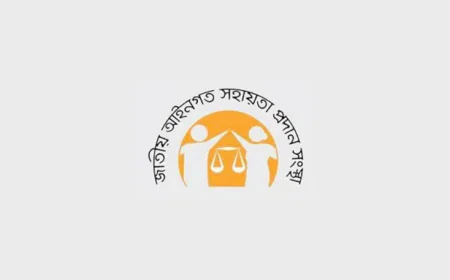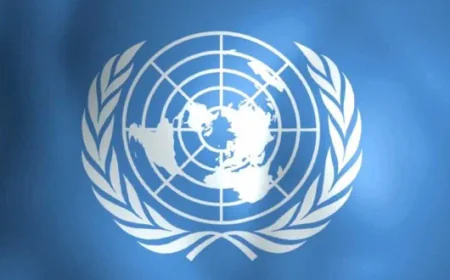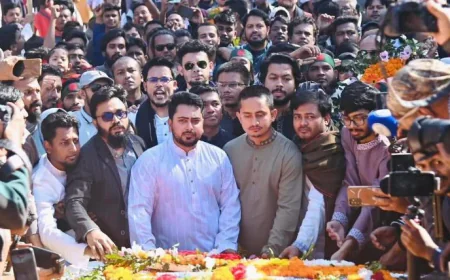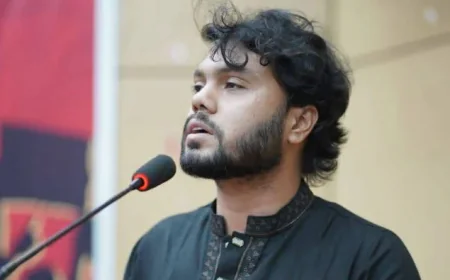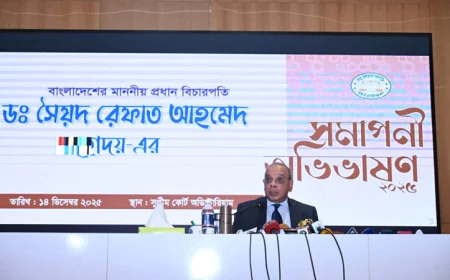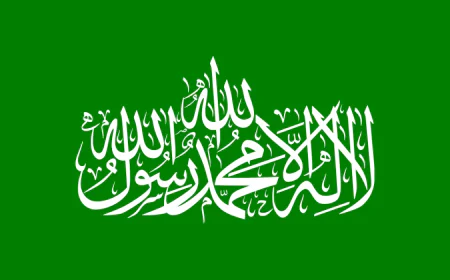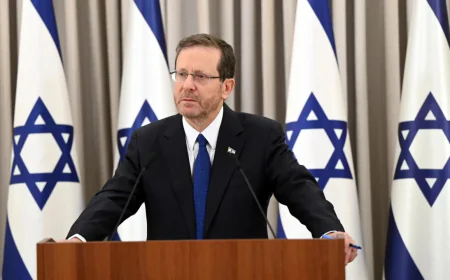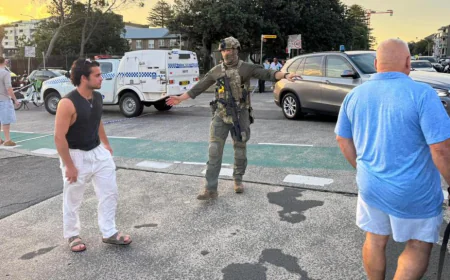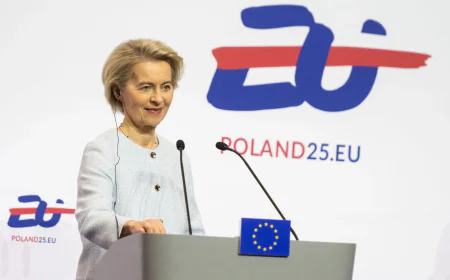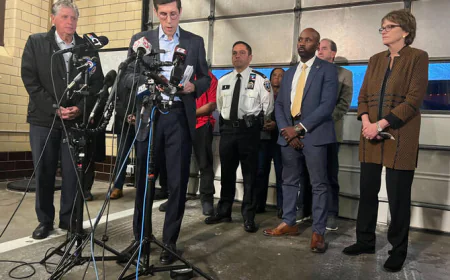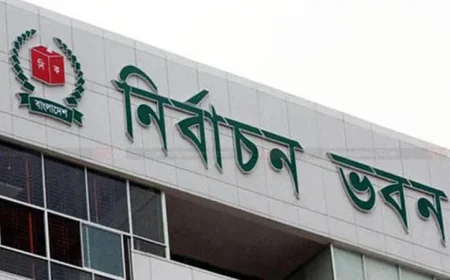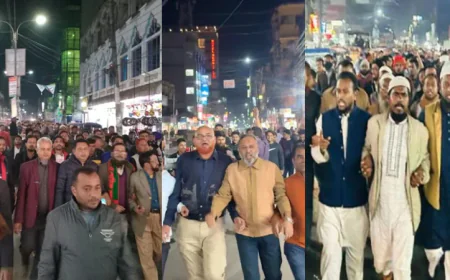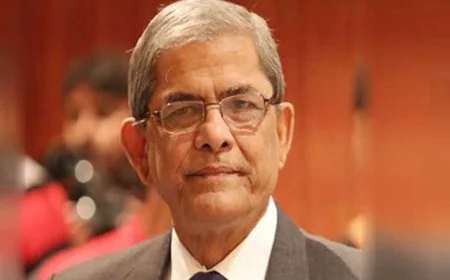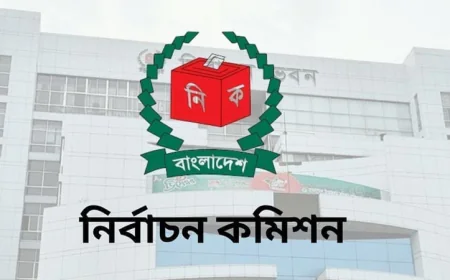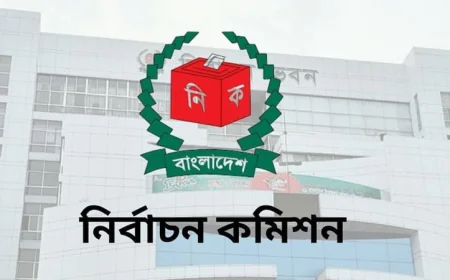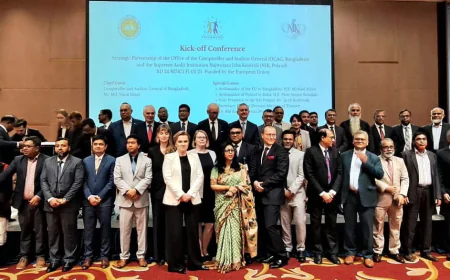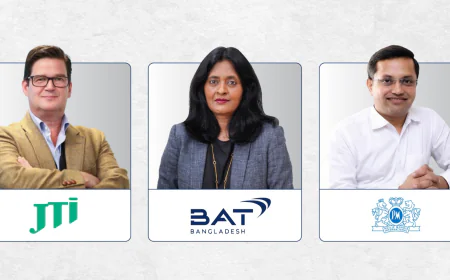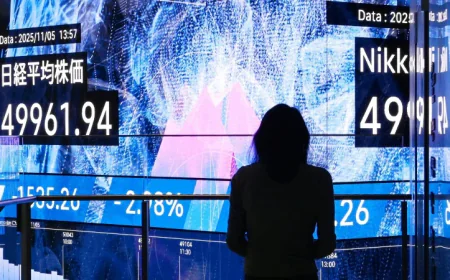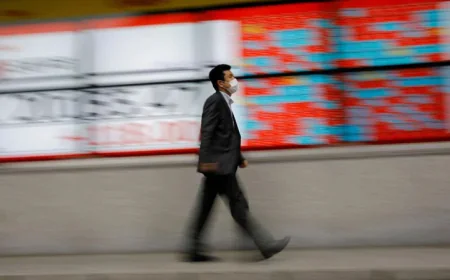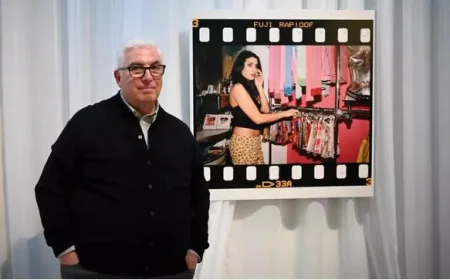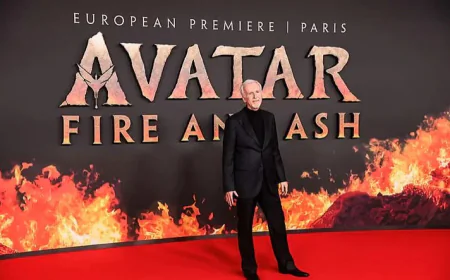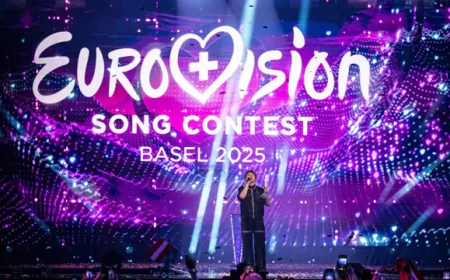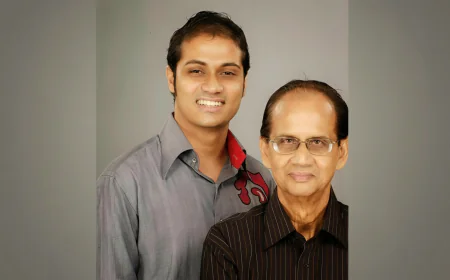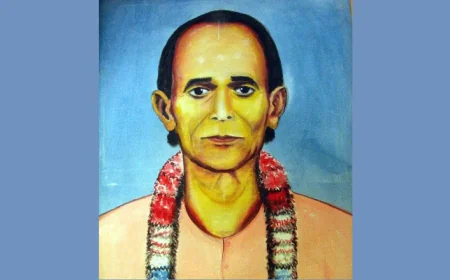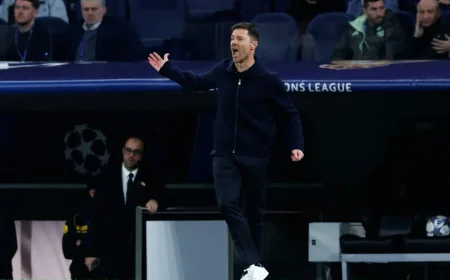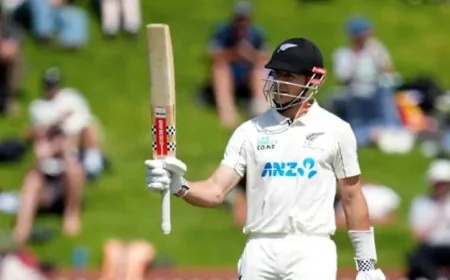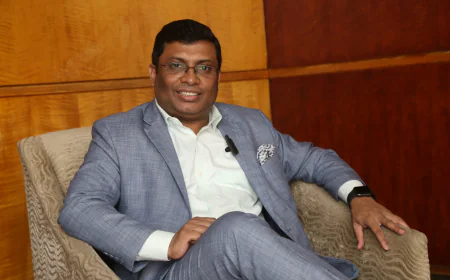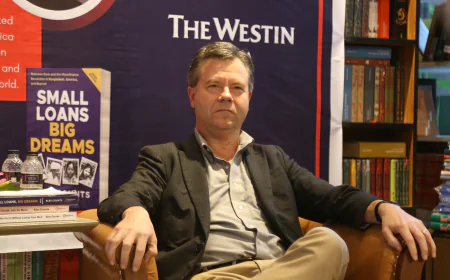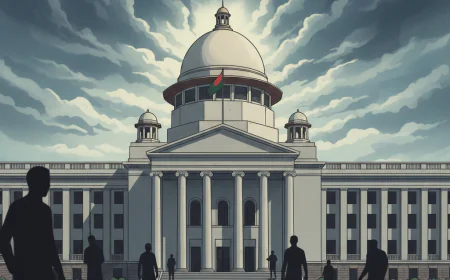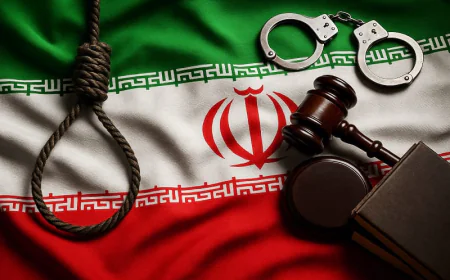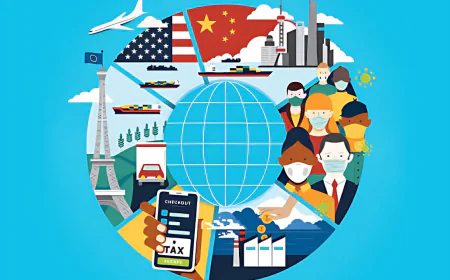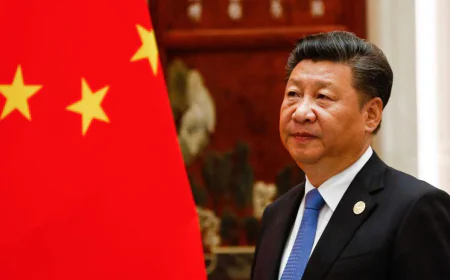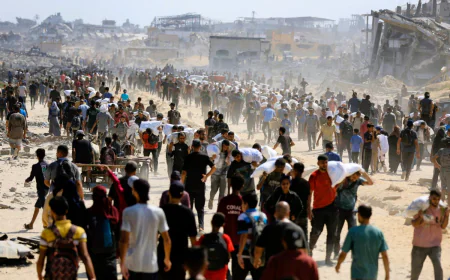UN Calls for Calm
Nepal PM Resigns After Deadly Youth Protests
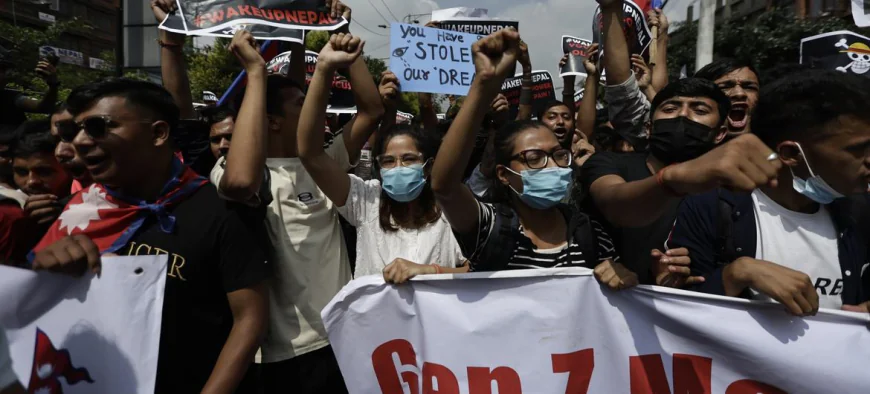
Nepal is facing its gravest political crisis in recent years after days of youth-driven protests over a controversial social media ban spiraled into deadly violence, forcing Prime Minister K.P. Sharma Oli to resign. At least 19 people have been killed, hundreds injured, and much of the nation’s political establishment shaken as demonstrators—mostly young Nepalis—took to the streets demanding accountability, transparency, and change.
The crisis began when the government abruptly banned 26 major social media platforms, including Facebook, Instagram, WhatsApp, YouTube, and X (formerly Twitter). Officials argued that the restrictions were necessary to curb misinformation and enforce registration requirements. TikTok and Viber remained accessible, as they had complied with the government’s regulations. Yet for millions of young Nepalis, the ban was seen not only as an attack on their freedom of expression but also as a symbol of an out-of-touch leadership that has repeatedly failed to address corruption, unemployment, and economic stagnation.
Within hours of the ban, protests erupted across Kathmandu and quickly spread to other cities, gaining momentum under the banner of the so-called “Gen-Z Protests.” While the initial rallies were peaceful, tensions escalated sharply when security forces responded with tear gas, rubber bullets, and eventually live rounds. The crackdown left scores injured and sparked outrage that boiled over into violence. Crowds set fire to the Parliament building, the Prime Minister’s residence, the Supreme Court, and even homes of prominent politicians. The government responded by imposing an indefinite curfew and calling in the Nepal Army, which issued stern warnings that acts of arson, looting, and vandalism would be punished as criminal offenses.
As the death toll mounted, pressure on the government intensified both domestically and internationally. On September 9, officials lifted the social media ban in a bid to ease tensions, and Oli publicly expressed sorrow over the loss of life. He promised free medical treatment for the wounded, financial compensation for the families of the dead, and a 15-day investigation into the crisis. But these gestures were widely dismissed by protesters as too little, too late. By evening, Oli announced his resignation, saying he was stepping aside in the interest of the nation. President Ram Chandra Paudel accepted the resignation and began urgent consultations with political parties to form a new government. Oli will remain as caretaker prime minister until a successor is appointed.
The United Nations quickly condemned the violence. UN human rights chief Volker Türk described the crackdown as “unnecessary and disproportionate,” while Secretary-General António Guterres urged all sides to show restraint and prioritize dialogue over confrontation. The UN Country Team in Nepal has called for an independent investigation into the killings, stressing that the right to peaceful protest and freedom of expression must be safeguarded. Several international human rights groups have echoed these calls, warning that further instability could jeopardize Nepal’s fragile democracy.
For many young Nepalis, however, Oli’s resignation is only the beginning. The protests, they say, are not just about access to social media platforms but about the broader failure of political leaders to deliver on the promises made after the abolition of the monarchy in 2008. The frustrations run deep: widespread unemployment, allegations of corruption in every sector, and a generation that feels sidelined from decision-making.
The events of the past week have left Nepal at a crossroads. On one hand, the resignation of a sitting prime minister under pressure from youth-led street protests represents a dramatic shift in power dynamics, signaling the strength of the country’s younger demographic. On the other, the violence, destruction, and lingering anger raise fears of further unrest if the political class fails to respond meaningfully.
“This is about our future, not just Facebook or YouTube,” said one protester in Kathmandu, speaking through a megaphone as soldiers patrolled nearby streets. “We are tired of leaders who think about themselves before the people. We will not stop until real change comes.”
Nepal now faces the urgent challenge of forming a stable government that can bridge the widening gap between citizens and the state. Whether this crisis becomes a turning point toward accountability and reform—or another chapter of disillusionment—will depend on how the coming weeks unfold.
